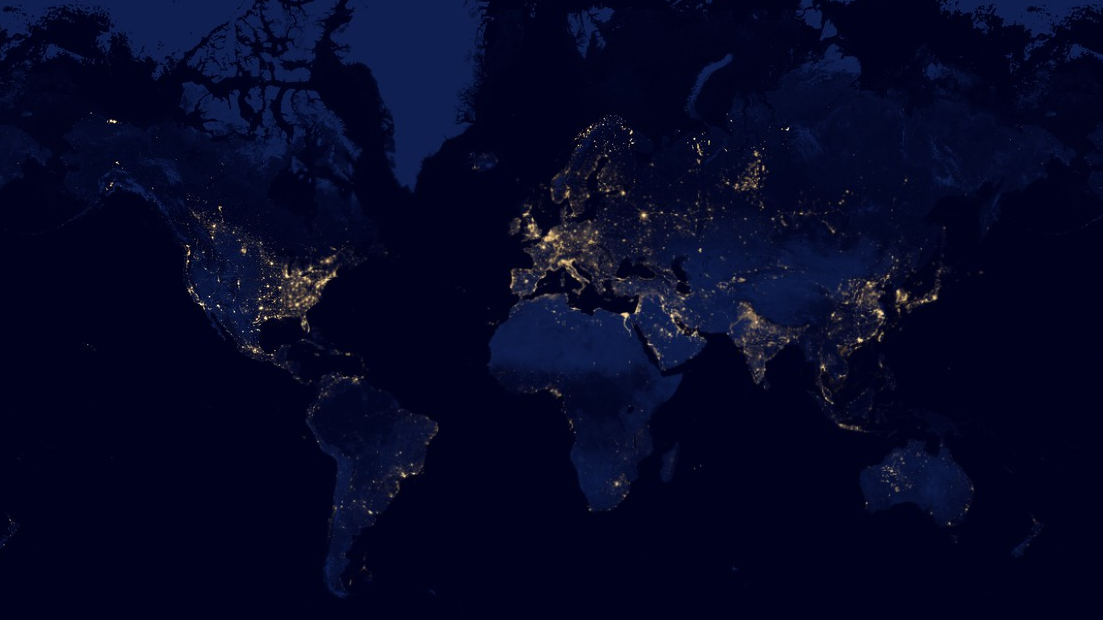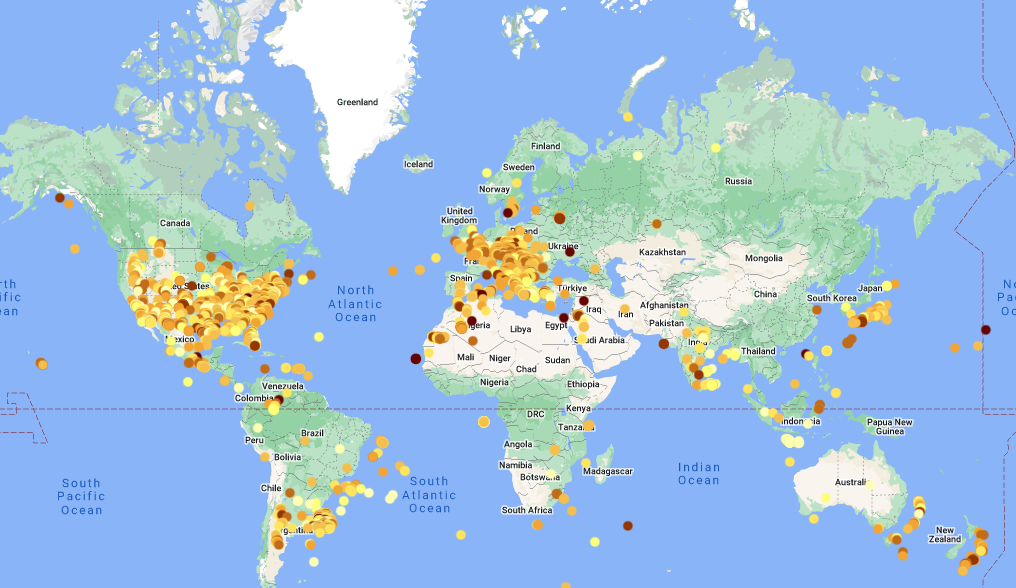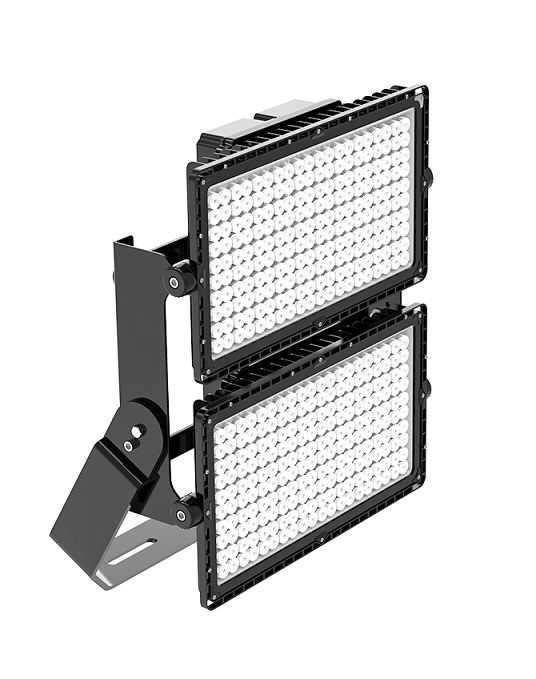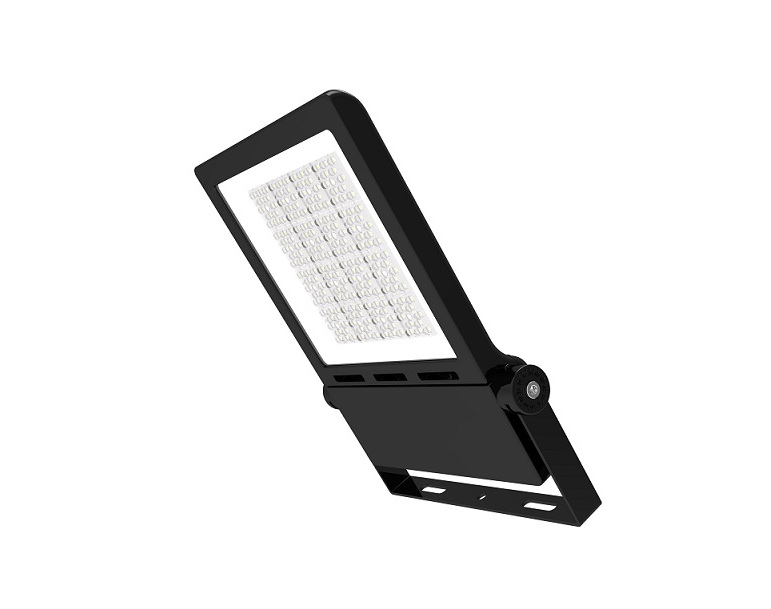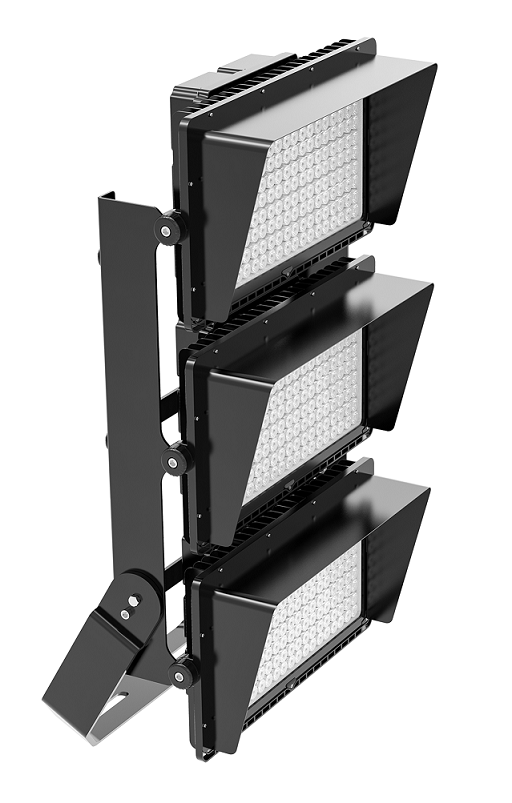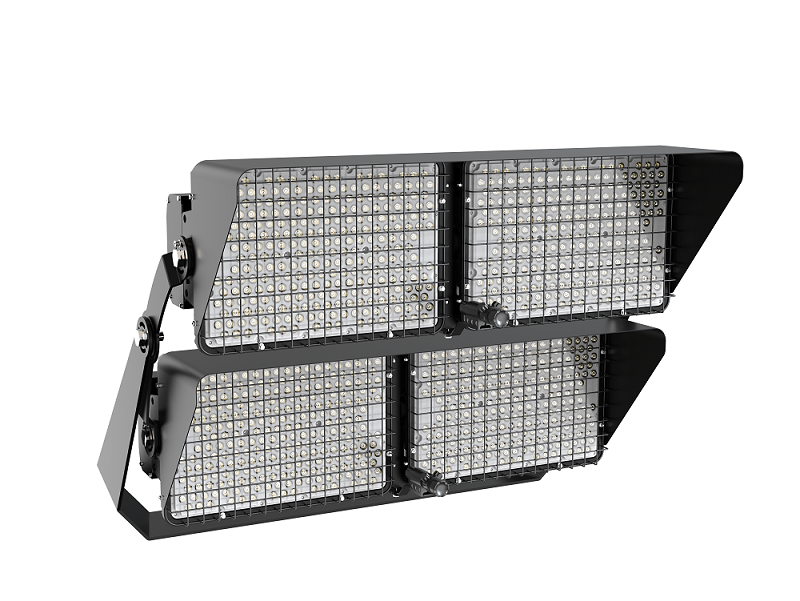In less than 100 years, anyone could have looked up at the sky and seen a beautiful night sky. Millions of children will never see the Milky Way in their home countries. Increased and widespread artificial lighting at night not only affects our view of the Milky Way, but also our safety, energy consumption, and health.
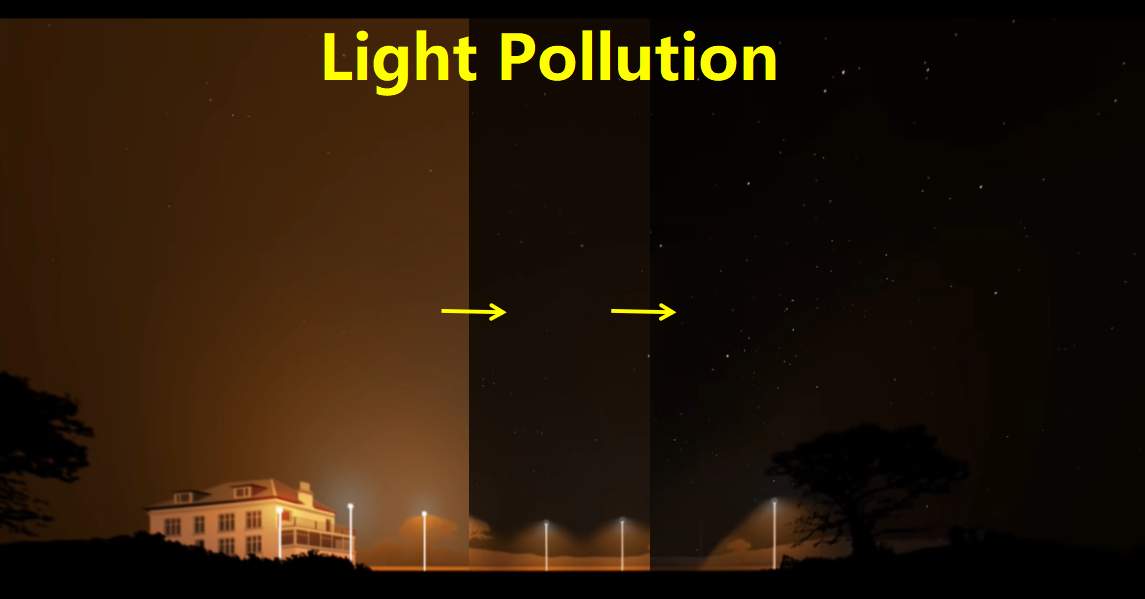
What is light pollution ?
We are all familiar with the pollution of air, water and land. But did you also know that light is a pollutant as well?
Light pollution is the inappropriate or excessive use artificial light. It can have severe environmental effects on humans, wildlife and our climate. Light pollution includes:
Glare – The excessive brightness that can cause discomfort to the eyes.
Skyglow – The brightening of night skies over populated areas
Light trespass – When light falls where it was not needed or intended.
Clutter – A term used to describe the excessive, bright and confusing groupings of lights.
The industrialization of civilization has led to light pollution. Light pollution is caused by a variety of sources, including exterior and interior building lighting, advertisements, commercial properties and offices, factories and streetlights.
Many outdoor lights used at night are inefficient, too bright, not well-targeted, or improperly shielded. In many cases, they’re also completely unnecessary. The light and electricity that was used to produce it are wasted when it is thrown into the air instead of being focused on the objects and areas people wish to illuminate.
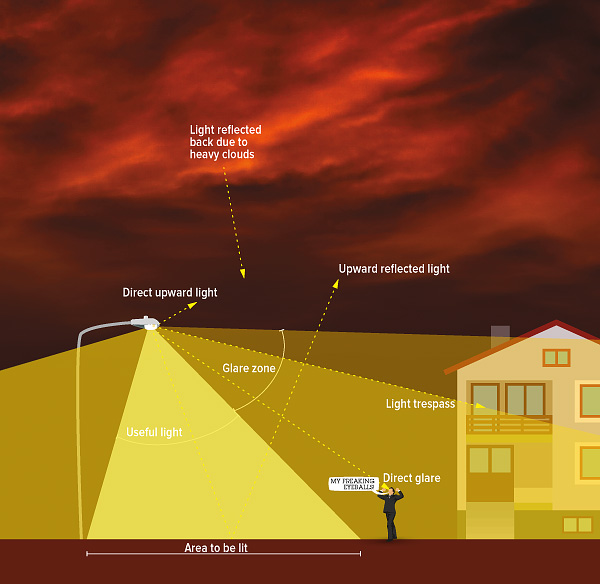
How bad is light pollution ?
Over lighting is a global concern, as a large part of Earth’s population lives under light-polluted sky. You can see this pollution if you live in a suburban or urban area. Just go out at night and take a look at the sky.
According to the groundbreaking 2016 “World Atlas of Artificial Night Sky Brightness”, 80 percent of people live under artificial night skylight. In the United States, Europe and Asia, 99 percent of people cannot experience a natural evening!
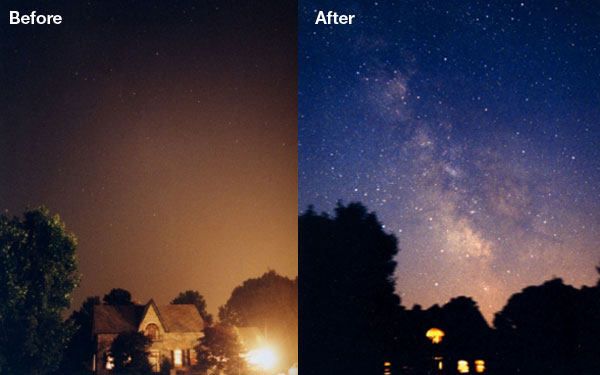
Effects of light pollution
For three billions of years, the rhythm of darkness and light on Earth was solely created by the Sun, Moon, and stars. Artificial lights have now overpowered the darkness, and our cities are glowing at night. This has disrupted the natural pattern of day and night and shifted the delicate balance in our environment. It may seem that the negative impacts of losing this inspiring natural resource are intangible. A growing body of evidence ties the brightening of the night sky to negative effects that can be measured, including:
* Increased energy consumption
* Disrupting ecosystems and wildlife
* Harming human health
* Crime and safety: a new approach
Every citizen is affected by light pollution. The concern over light pollution has risen dramatically. Scientists, homeowners, environmental organizations and civic leaders all take action to restore natural night. We can all implement solutions locally, nationally and globally to fight light pollution.
Light Pollution & Efficiency Goals
It’s good to know that unlike other forms of air pollution, light pollution is reversible. We can all make a difference. It is not enough to be aware of the problem. You must take action. Everyone who wants to upgrade their outdoor lighting should aim for a minimum energy consumption.
Understanding that wasted light is wasted energy supports not only the switch to LEDs, which are more directional than HIDs, but it also means that reducing lighting pollution supports efficiency goals. Lighting energy consumption is reduced even more by integrating controls. There are other factors to consider, especially when artificial lighting is added to the landscape at night.
The night is vital to the earth’s eco-system. Outdoor lighting can be attractive and achieve efficiency goals while providing good visibility. It should also reduce nighttime disturbance.
Dark Sky Featured Lighting Product Attributes
It can be difficult to find an outdoor lighting solution which is Dark Sky Friendly. We have compiled a list with some features to consider, their relevance to Dark Skies, and the VKS products that include them.
Correlated Colour Temperature (CCT)
The term chromaticity describes the property of light that is based on hue and saturation. CCT is an abbreviation of the chromaticity coords. It is used to describe a lighting source’s color by comparing it to the wavelengths of light emitted from a black-body radiator heated up to the point where visible light is produced. The temperature of heated air can be used to correlate the wavelength of emitted light. Correlated Color temperature is also known as CCT.
Lighting manufacturers use CCT values to provide a general idea of how “warm” or “cool” the light is that comes from the source. The CCT value is expressed in Kelvin degrees, which indicates the temperature of a black body radiator. Lower CCT is 2000-3000K and appears orange or yellow. As temperatures increase, the spectrum shifts into 5000-6500K which is cool.
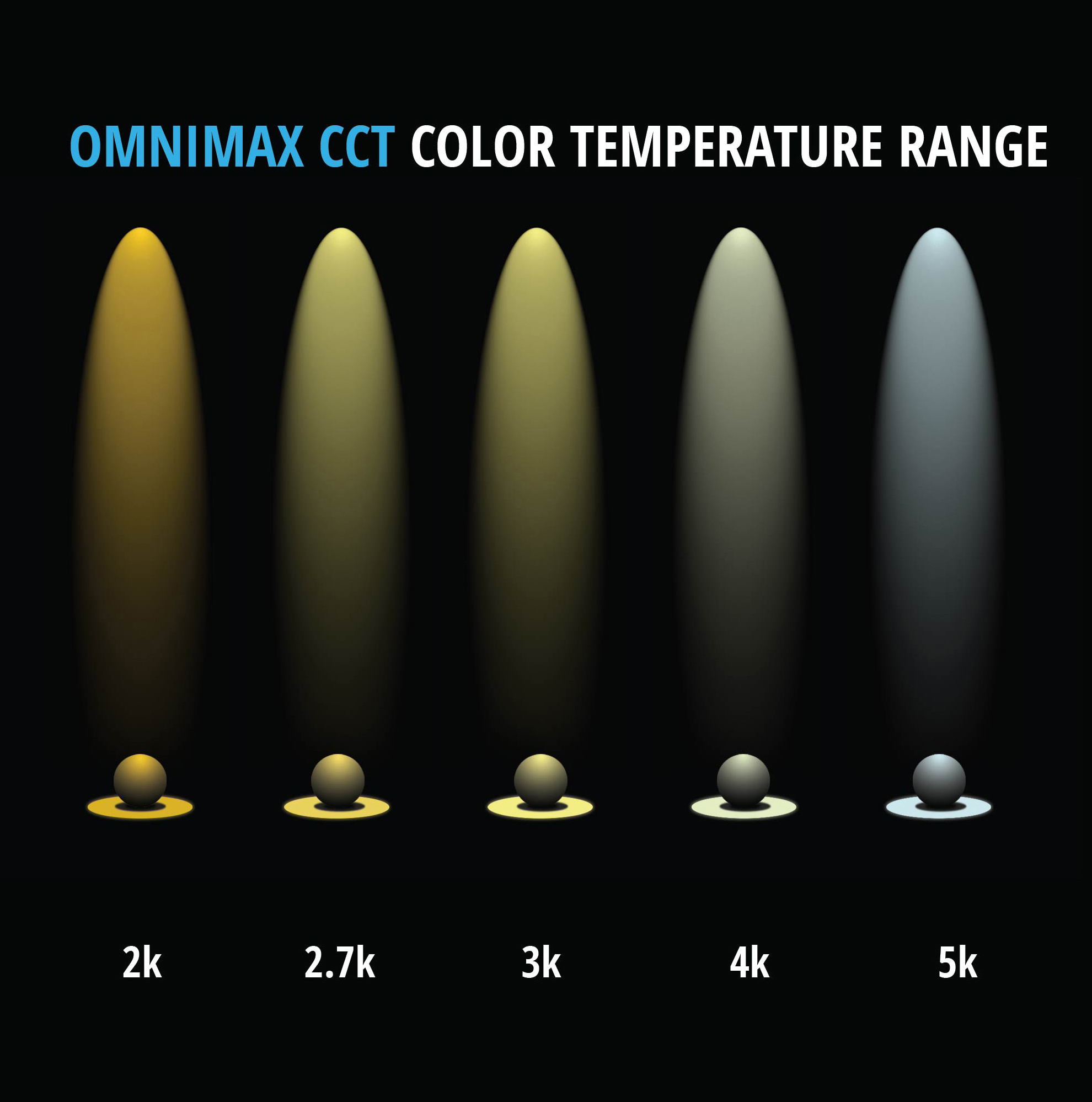
Why is warm CCT more used for Dark Sky Friendly?
When discussing light, it is important to specify the wavelength range because the effects of the light are determined more by its wavelength than its perceived colour. A warm CCT source will have a lower SPD (Spectral power distribution) and less light in blue. Blue light can cause glare and skyglow because shorter wavelengths of blue light are easier to scatter. This can also be a problem for older drivers. Blue light is a topic of intense and ongoing discussion about its effect on humans, animals and plants.
VKS Products with Warm CCT
Lenses with Full Cut-Off and Diffuse (U0)
Dark Sky Friendly Lighting requires full cutoff or U0 light output. What does this mean? Full-cut-off is a term that’s older, but still perfectly translates the idea. The U rating is part of the BUG rating.
The IES developed BUG as a method to calculate how much light is emitted in unintended directions by an outdoor lighting fixture. BUG is an acronym for Backlight Uplight and Glare. These ratings are all important indicators of a luminaire’s performance.
Backlight and Glare form part of a larger discussion about light trespassing and light pollution. But let’s take a closer look at Uplight. Light emitted upwards, above the 90 degree line (0 being directly down), and above the light fixture is Uplight. It is a waste of light if it does not illuminate a specific object or surface. Uplight shines into the sky, contributing to skyglow when it reflects from the clouds.
The U rating will be zero (zero) if there is no upward light and the light is completely cut off at 90 degrees. The highest possible rating is U5. The BUG rating does not include light emitted between 0-60 degrees.
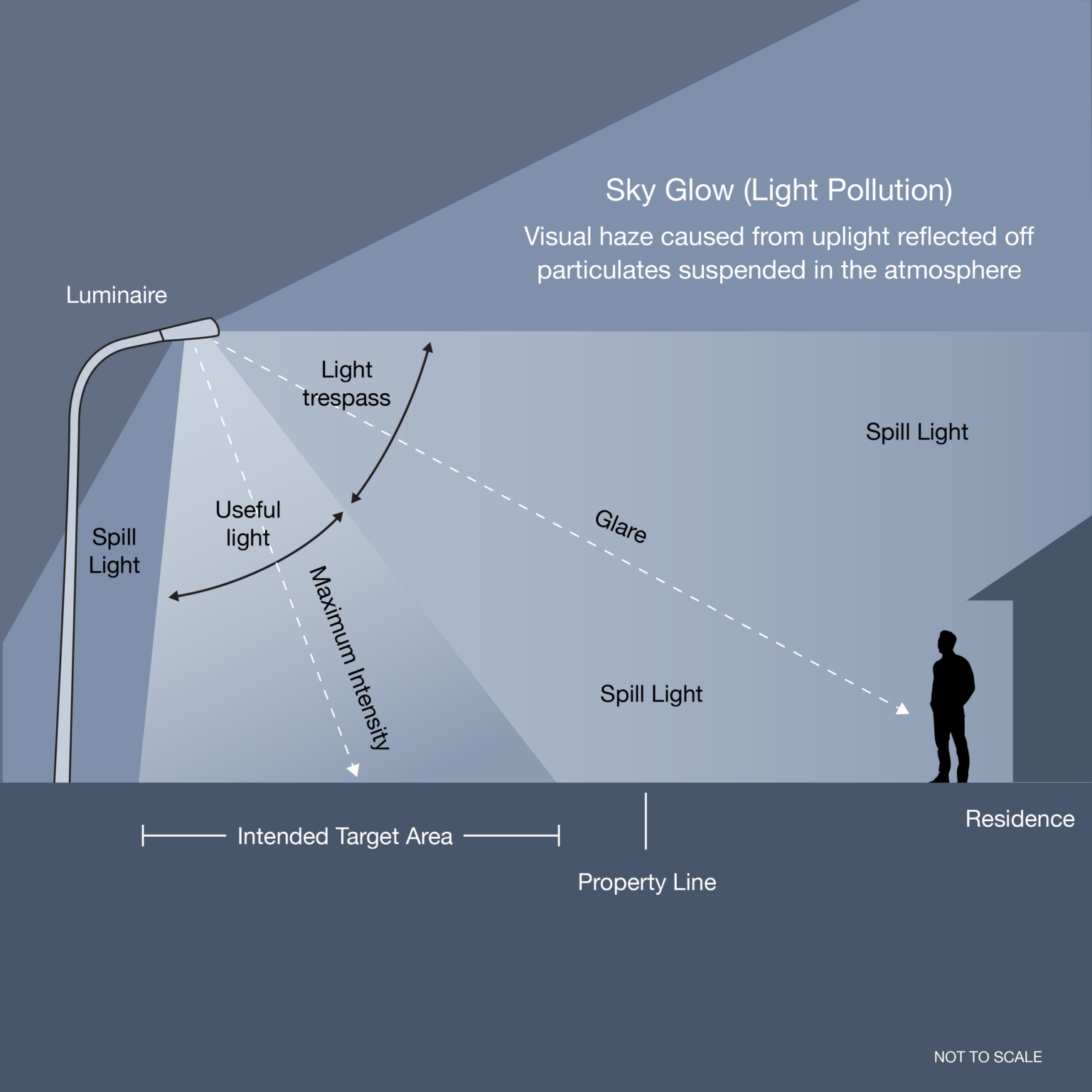
VKS Floodlight with U0 Options
Shields
The Luminaires have been designed to follow a pattern of light distribution. The light distribution pattern is used to improve visibility at night in areas such as roadways, intersections, sidewalks, and paths. Imagine the light distribution patterns as building blocks that are used to cover an area with light. You may want to illuminate certain areas and not others, particularly in residential areas.
Shields allow you to shape light according to your needs by blocking, shielding or re-directing reflected light in a specific lighting zone. Our LED luminaires have been designed to last for over 20 years. In 20 years, a lot can change. Over time, new homes can be built, or trees may need to be cut down. Shields may be installed at the time of luminaire installation or later, in response to changes in the lighting environment. Skyglow is reduced by fully shielded U0 lights, which reduce the amount of scattered light in the atmosphere.
VKS Products with Shields
Dimming
Dimming may be the most important addition to outdoor lighting to reduce light pollution. It is flexible and has the potential to save electricity. VKS’s entire line of outdoor lighting products comes with dimmable drivers option. You can reduce light output by reducing power consumption and vice versa. Dimming is a great way to keep fixtures uniform and to dim them according to the need. Dim one or more lights. Dim lights to indicate low occupancy or seasonality.
You can dim a VKS product in two different ways. Our products are compatible with both 0-10V dimming and DALI dimming.
VKS Products with Dimming
Post time: Jun-09-2023

